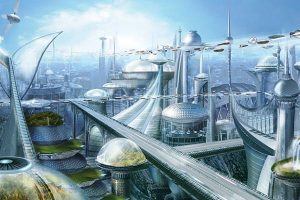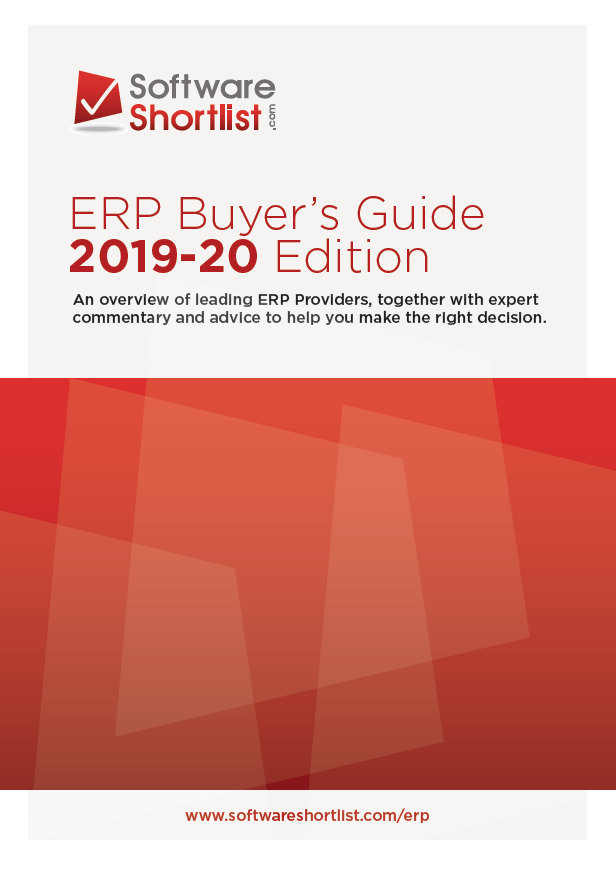Value of human experience likely to increase on the path to 2040…
 Imagine how weirded out people from the offices of the 1970s would be should they be teleported into the workplace of today. They’d probably find it a bit perplexing. Now, imagine the office of the future. Come up with a blank? Never mind, MYOB’s done it for you with its latest Future of Business report, ‘25 years into the future’, and said that while ‘we will experience a dramatic shift in the way we work by the 2040s, what might be even more remarkable is the increased value of the human experience’.
Imagine how weirded out people from the offices of the 1970s would be should they be teleported into the workplace of today. They’d probably find it a bit perplexing. Now, imagine the office of the future. Come up with a blank? Never mind, MYOB’s done it for you with its latest Future of Business report, ‘25 years into the future’, and said that while ‘we will experience a dramatic shift in the way we work by the 2040s, what might be even more remarkable is the increased value of the human experience’.
MYOB chief technical advisor Simon Raik-Allen said in a statement that even with advances in technology, people need to be together to be creative. “Right now, we’re on the cusp of what the World Economic Forum calls the fourth industrial revolution. There’s no doubt that momentous change is underway and that there will be huge employment impact from the disruptive change. But, like the last industrial revolution, it is more likely to enrich our experiences and provide more opportunities for meaningful work and exciting business.”
Raik-Allen believes that, rather than technology isolating or excluding people (like social networks tend to do), it will bring them together.
“It doesn’t matter how advanced our technology becomes, in the end, it will come down to people and values. The next revolution will lift humanity, embrace creativity and shape a world that empowers communities. People will always be at the centre of the business, and their experience will be more valued than ever,” he said.
Already, the stuff of science fiction is under development, he continued, pointing to jetpacks, self-driving cars, bionic limbs, interplanetary travel, holograms and AI assistants as some examples.
Raik-Allen noted that the last two decades of global innovation have resulted in ‘stunning successes and resounding failures’. “For many, that success or failure has hinged less on how well they were built or the idea on which they were created, and more on how they were received by people: did they solve a problem, have a place in society, and capture the imagination in a way their competitors didn’t?”
This latest in MYOB’s Future of Business series looks at how today’s trends might help shape business innovation of the future and examines the evolutionary dead ends of the technology sector, from Dvorak keyboards to Google glasses and highlights some of the key factors – including social acceptance, marketing power and even colour – that determines the winners and losers.
Raik-Allen reiterated while technology will drive dramatic changes in many areas of business – office roles and administrative functions, manufacturing and production will likely be tasked to robots or be automated in some form – the face-to-face value of human interaction will be more highly valued than ever; in turn, that will give rise to a new section of business designed to fulfil the need for human interaction and experience, provide tailored, personal advice and guidance, or create experiences designed specifically for the customer.
“How many of these developments will unfold, and their influence on business and society, is unpredictable. But, by looking at the last 25 years, we can see patterns of development, which allow us to discern the ways current technology may evolve,” he added.
“In particular, in every development and at every stage, we see how important the influence of society and the individual has been over every new technology. Regardless of the developments in areas like AI and robotics, we are building a future people will inhabit – and developers ignore at their peril the very human side of business and technology.”
As a result, he said the best barometer for anticipating the future of business technology will be people. “Understanding what they want, what problems they need solving, how they’d like their experience to be delivered, and whether they are ready yet for the next step will determine success as much in 25 years as it does today.”
Download MYOB’s 25 years into the future report.



